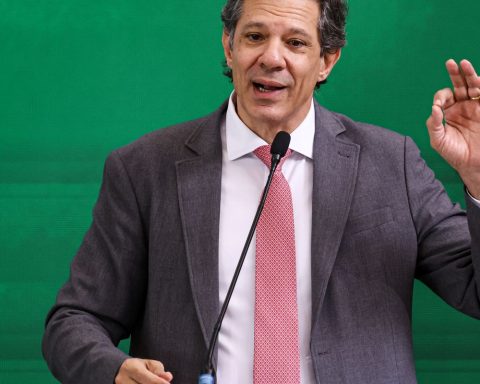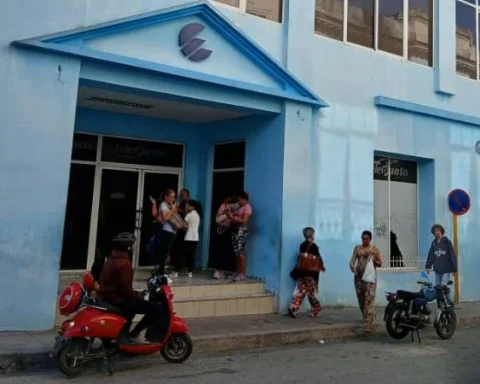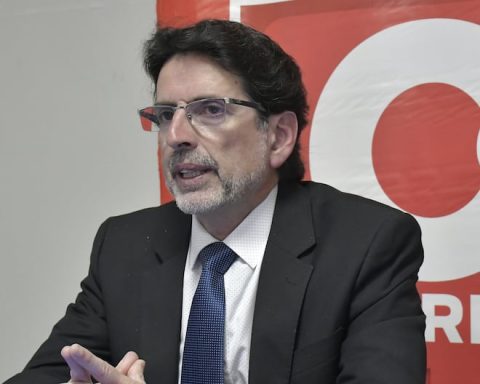Diseases related to Inadequate Environmental Sanitation (DRSAI) caused about 0.9% of deaths that occurred in Brazil between 2008 and 2019. Among deaths that occurred only from infectious and parasitic diseases in Brazil, DRSAI represent 21.7% of deaths in Brazil time course.
The Midwest (42.9%) and Northeast (27.1%) regions are the ones that registered the highest percentages. Data are included in the third edition of Sanitation Atlas: Water Supply and Sanitary Sewage, launched today (24) by the Brazilian Institute of Geography and Statistics (IBGE).
According to the agency, the numbers “dimension the impacts of an unequal environmental sanitation that has not yet been universalized in the country”.
From 2008 to 2019, 11,881,430 cases of DRSAI were reported in Brazil, with 4,877,618 admissions to the Unified Health System (SUS). The main causes of death were Chagas disease, diarrhea and dysentery, which accounted for almost 81.5% of deaths in the period.
The third cause of death in the Southeast and Midwest was dengue, Zika and chikungunya. In the North region, leishmaniasis were the main causes. In the Northeast, the main cause was schistosomiasis and in the South, leptospirosis.
For IBGE geographer Daiane Ciriáco, the explanation lies in the lack of sewage treatment. “Open sewerage collaborates in the proliferation of these diseases, hence the direct correlation between illnesses and poor sanitation,” he said.
The Atlas makes a territorial analysis of data from the 2017 National Basic Sanitation Survey (PNSB), in addition to other sources from IBGE and other institutions. According to IBGE, this makes it possible to establish “an articulated vision of the regional differences existing in that year with regard to the distribution, scope and quality of these sanitation services present in Brazilian municipalities”.
sewerage
This edition pointed out that even with relevant regional differences in municipal sanitation and water supply services, between 2008 and 2017, there was an advance in the number of cities covered by these services in all regions of the country.
The IBGE highlighted that the difference between the near universalization of the water supply service by the general network, in contrast to the still persistent deficit in sewage collection, is a characteristic of the distribution of water and sewage sanitation services by municipalities. “While 99.6% of the municipalities had water supply through the general network, only 60.3% collected sewage in 2017”, he pointed out.
Among the units of the Federation, only São Paulo (93.2%), Rio de Janeiro (87.5% ) and the Federal District (86.6%) recorded rates above 85% of households served by the sewage collection service. as demonstrated by the Continuous National Household Sample Survey (Continuous PNAD) 2017.
In all states in the North region and seven states in the Northeast region, with the exception of Pernambuco and Bahia, the rates of households served with sewage collection by the general network ranged from 9.9% (Rondônia and Piauí) to 54% ( Sergipe).
In the IBGE’s assessment, the reduced scope of sewage collection is what determines the main type of pollution or contamination identified in fresh water collection, precisely by sanitary sewage. The lack of investment in the basic sanitation sector is one of the causes and compromises the quality of distributed water and the efficiency of the distribution network, with damage to the environment and public health.
The Southeast had the greatest coverage of the sewage service through the collection network in 2017. In that year, 3.5% of the municipalities had no access to sewage collection. However, in the North (83.8%) and in the Center-West (57.0%) there were the highest proportions of municipalities without sewage collection network.
“Although the North and Center-West regions are the least populated in the country, they were the only ones that showed, in the period between 2010 and 2020, relative population growth estimated above the national average of 11%, with rates of 17.7% and 17.4%, respectively”, said Daiane, warning of the need for investments to meet the growing demand, given the trend of population growth in these regions.
rationing
The Atlas chapter that addresses the integration of basic sanitation with the environment was prepared with the collaboration of the National Water and Basic Sanitation Agency (ANA). The maps refer to Brazilian biomes and hydrographic regions in the first two levels (hydrographic macroregions and hydrographic mesoregions), in addition to the degree of urbanization and demographic density in this territorial section.
The Rio de Janeiro Coastal Hydrographic Mesoregion, for example, has 98.5% of its total population in medium or large urban concentrations. Then, the hydrographic mesoregions of the coast of São Paulo (94.1%), the Tietê river (89.5%), which are the ones with the highest urban concentration in São Paulo, and the Hydrographic Mesoregion of Rio Negro (86.5 %), where the city of Manaus is located.
In the Northeast, where the Caatinga biome is located, which is characteristic of the semiarid climate; in the hydrographic mesoregions of Piancó-Piranhas-Açu and the coast of Rio Grande do Norte and Paraíba, the occurrence of rationing due to insufficient water in the springs is verified in 53.8% and in 46.8% of the municipalities with water supply by the general network . In the case of droughts and droughts, the percentages reach 69.4% and 49.5% in these two mesoregions.
IBGE’s Environmental and Territorial Dynamics manager, André Polly, said that the main causes of rationing in these regions are droughts and drought, in addition to insufficient water in springs. “In both situations, the main reason is the natural characteristic of the biome. It is something seasonal, historically registered”, he pointed out.
Only 38% of the country’s municipalities had municipal basic sanitation plans in 2017, which aimed at water supply and sanitation activities. “Ten years after the sector’s first legal framework, PNSB 2017 data indicate that sanitation regulation is unsatisfactory and with deep regional differences.”
In services by sewage collection network in operation, only 46.5% of the municipalities had a regulatory body. When the assessment refers to water supply services, the percentage reaches 69.5%. For the universalization of water supply and sanitary sewage services, only 11 states had an average term until 2030 or less, the reference year in the Sustainable Development Goals.
Atlas
The publication can be accessed through the Interactive Geographic Platform (PGI), where the user can make their own crossings and download tables and maps, which bring the data to a spatial dimension.
According to IBGE, the Atlas of Sanitation provides updated information on sanitation through a geographic reading of the statistics included in the National Basic Sanitation Survey – PNSB.
It also marks IBGE’s commitment to providing up-to-date information on a fundamental issue on the agenda of public health, sustainability and citizenship itself in Brazilian society.
















